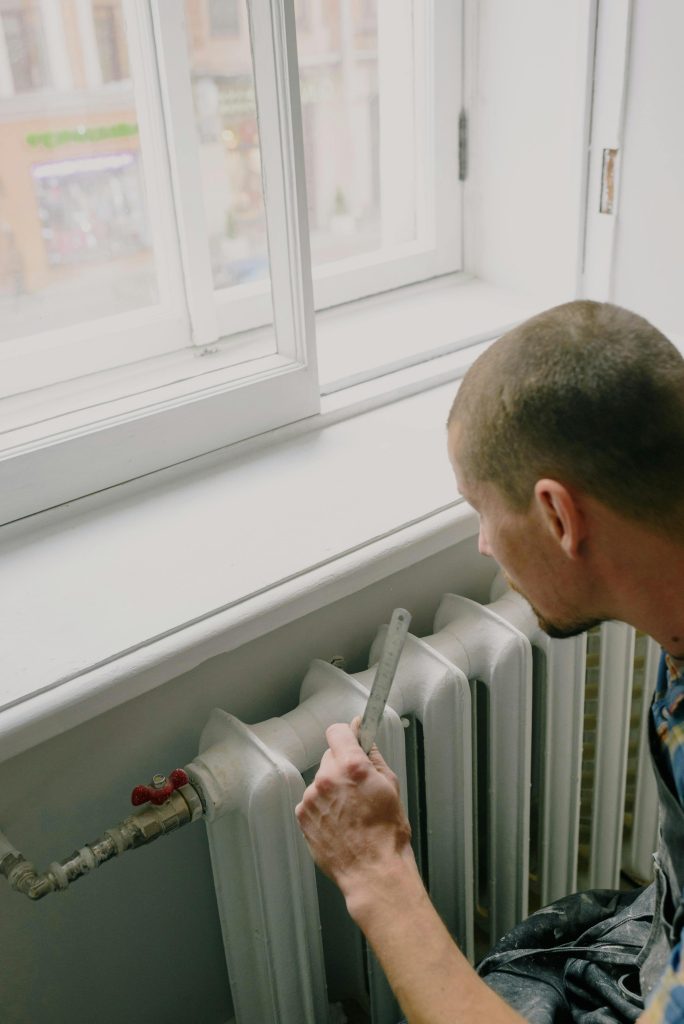How to Deal with Frozen Pipes in Your Central Heating System

During winter, homes with central heating systems often experience frozen pipes. And when water freezes inside the pipe, it expands and causes blockages or even pipe bursts. This affects your heating system and can lead to expensive plumbing repairs and water damage.
However, with prompt action and regular care and maintenance, you can handle frozen pipe problems and prevent them from happening again in the future. This article will explain in detail how to deal with frozen pipes in your central heating system.
Recognizing the Signs of Frozen Pipes
Before addressing the problem, what are the signs your pipes are frozen? They include:
- Reduced or no water flow from your taps and heating systems
- Unusual gurgling or clanking sounds from your pipes
- Visible frost or ice on exposed pipes
How to manage the damage and restore your heating system
Turn Off the Central Heating System
The first step is to turn off your central heating and water supply to avoid further pressure buildup in the system. This reduces the chances of the frozen pipes bursting while you’re trying to resolve the issue.
Locate the Frozen Section
Check out your plumbing system to find the frozen pipe. Focus on areas that are exposed to colder temperatures such as the garages, attics or external walls. Frozen pipes often have visible frost or may feel unusually cold when you touch them.
Once you’ve been able to identify the frozen section, it’s time to thaw the pipe. Here are some safe methods:
Use Warm Towels:
Wrap the frozen pipe with warm, damp towels. This method is gentle and reduces the risk of sudden pressure changes.
Apply Heat with a Hairdryer:
Direct warm air along the pipe, starting from the part nearest to the faucet or radiator. This allows melted water to flow out gradually and reduces the chance of your pipe getting damaged.
Use a Space Heater
Place a portable heater in the room to raise the temperature, ensuring the heat reaches the frozen pipe.
Hot Water Bottles
Tie a hot water bottle to the frozen section of the pipe for a slow and steady thaw. Try not to use open flames such as blowtorches or candles as they can affect the pipe and lead to fire damage.
Check for Leaks
After thawing the pipes, check them carefully for cracks or leaks. If you notice any damage, keep the water supply turned off can call a professional plumber to check it out.
Restore the Heating System
After you’ve confirmed that the pipes are free of ice and undamaged, you can turn the water supply and central heating system back on. Then proceed to check all radiators and taps to ensure the system is working properly.
Conclusion
Frozen pipes can be inconvenient but by taking quick action and following the right approach, you can minimize the damage and restore your central heating system to normal. By recognizing the signs early and following the steps explained in this article, you can protect your home and your finances from the expenses caused by frozen pipes.
